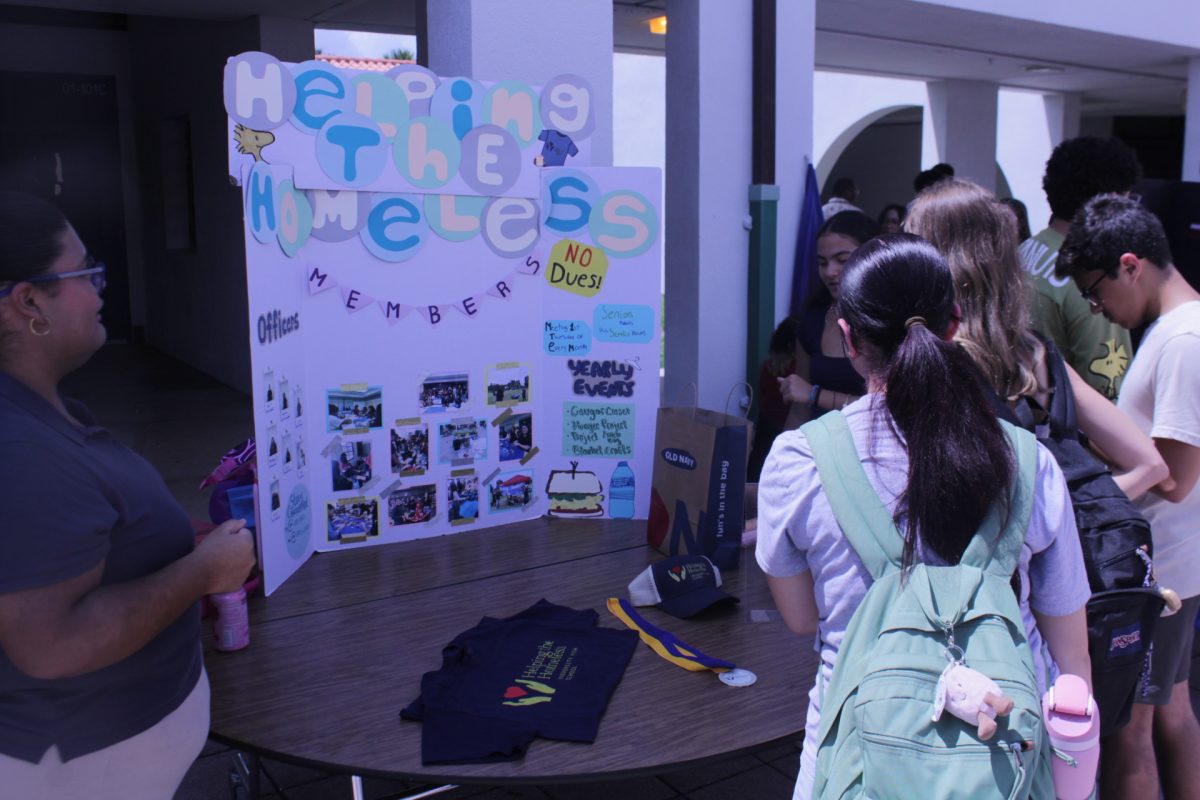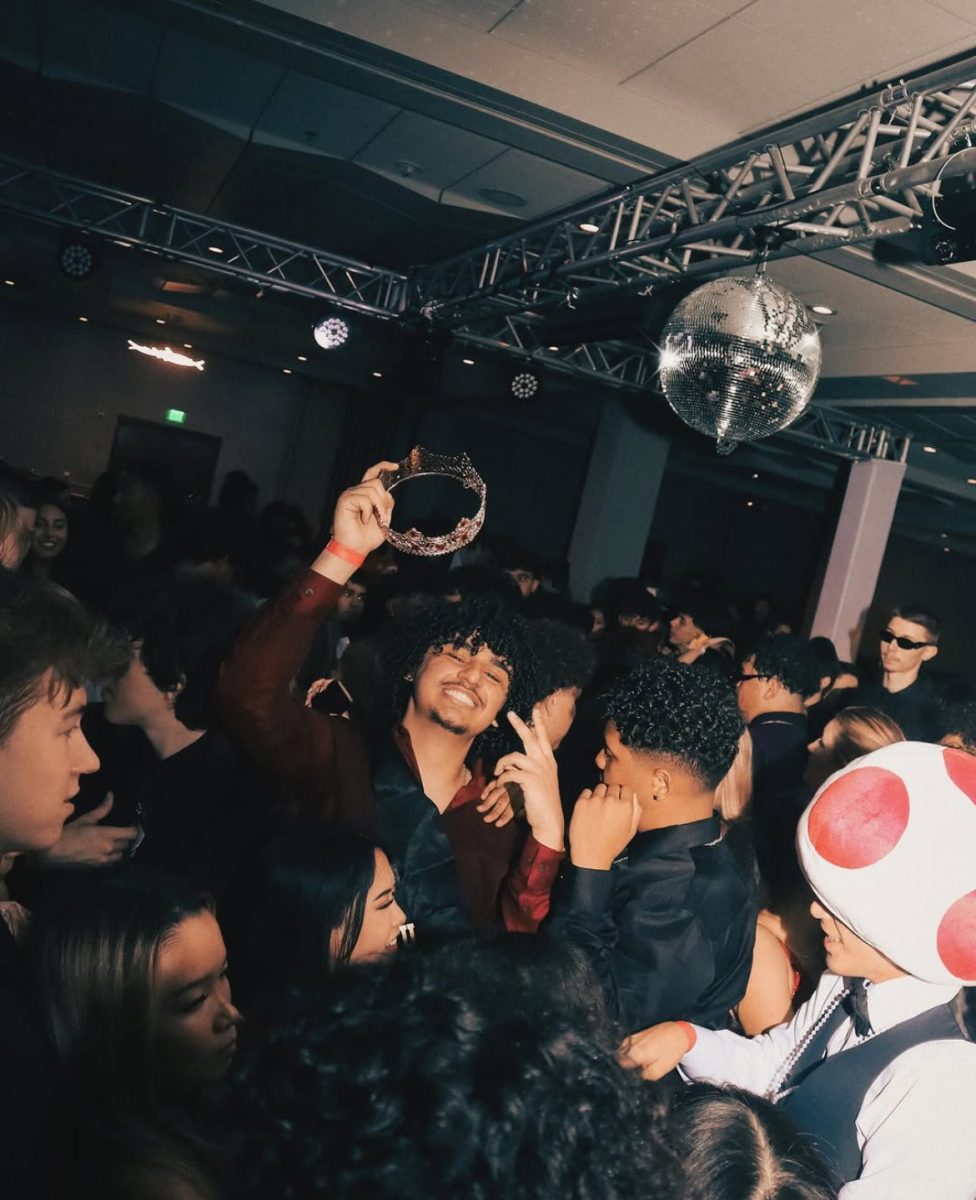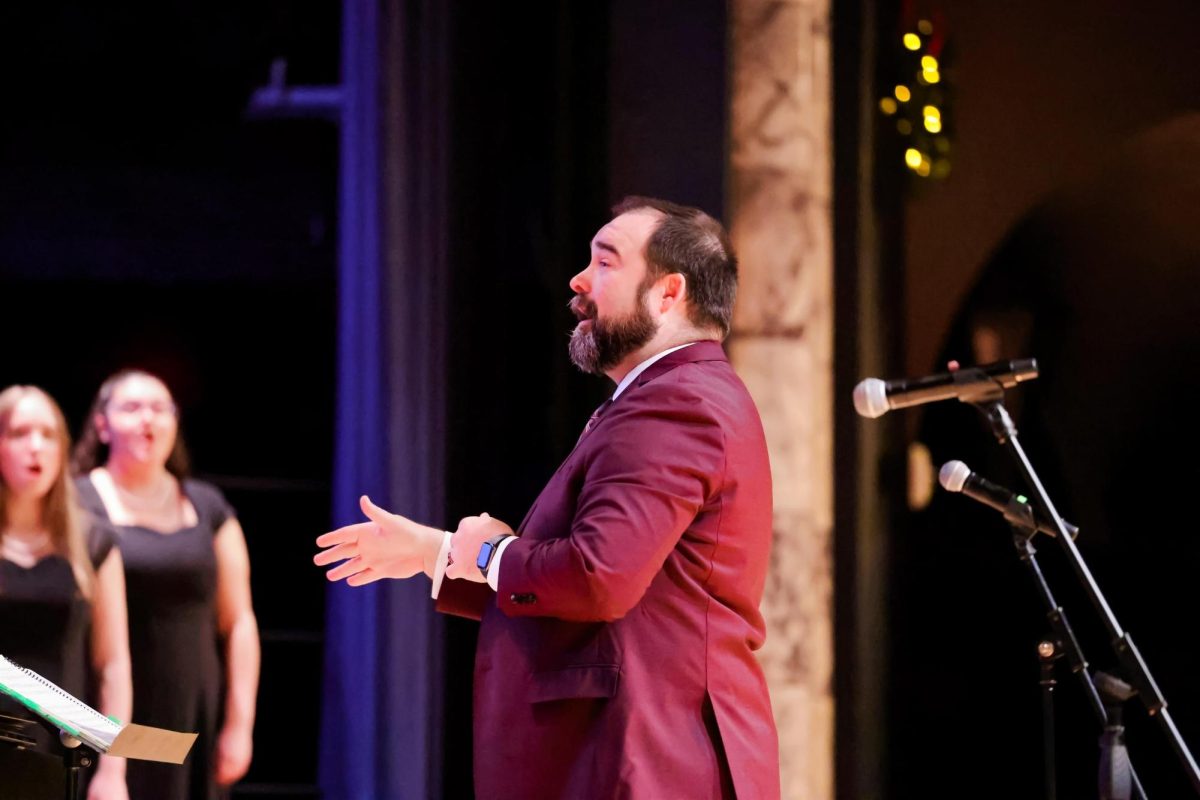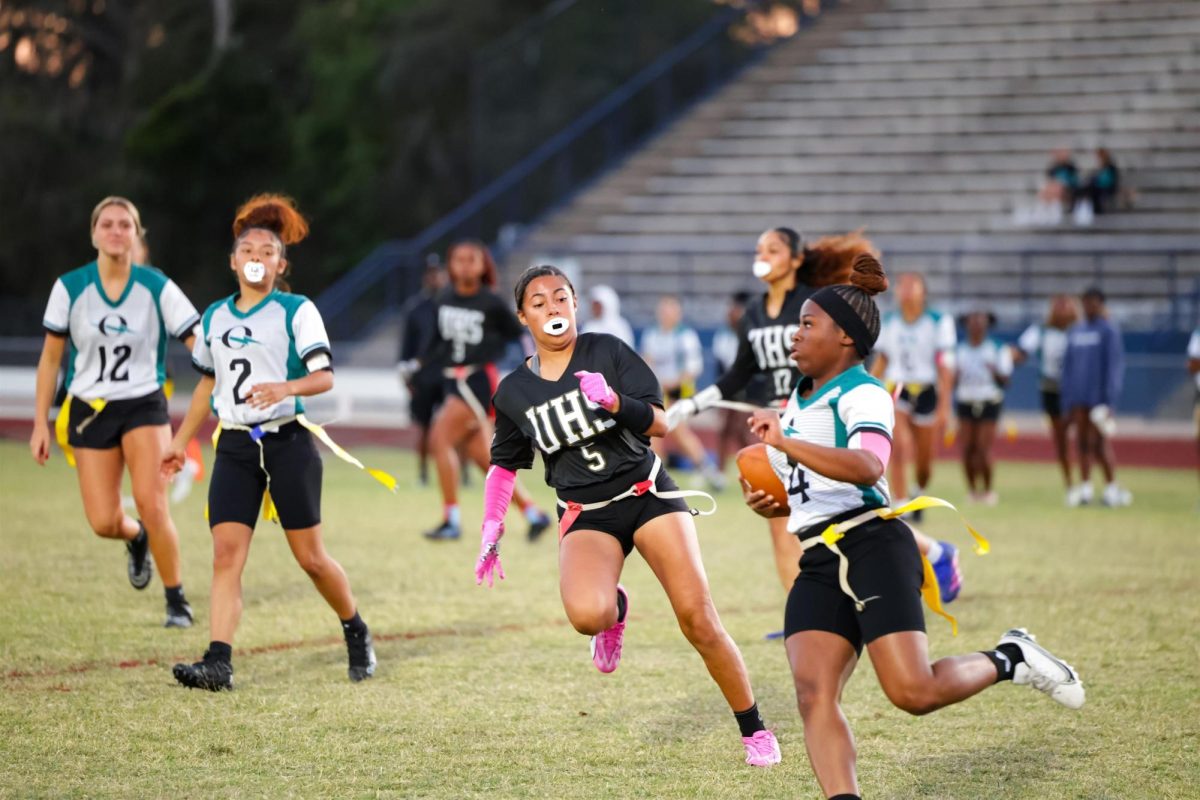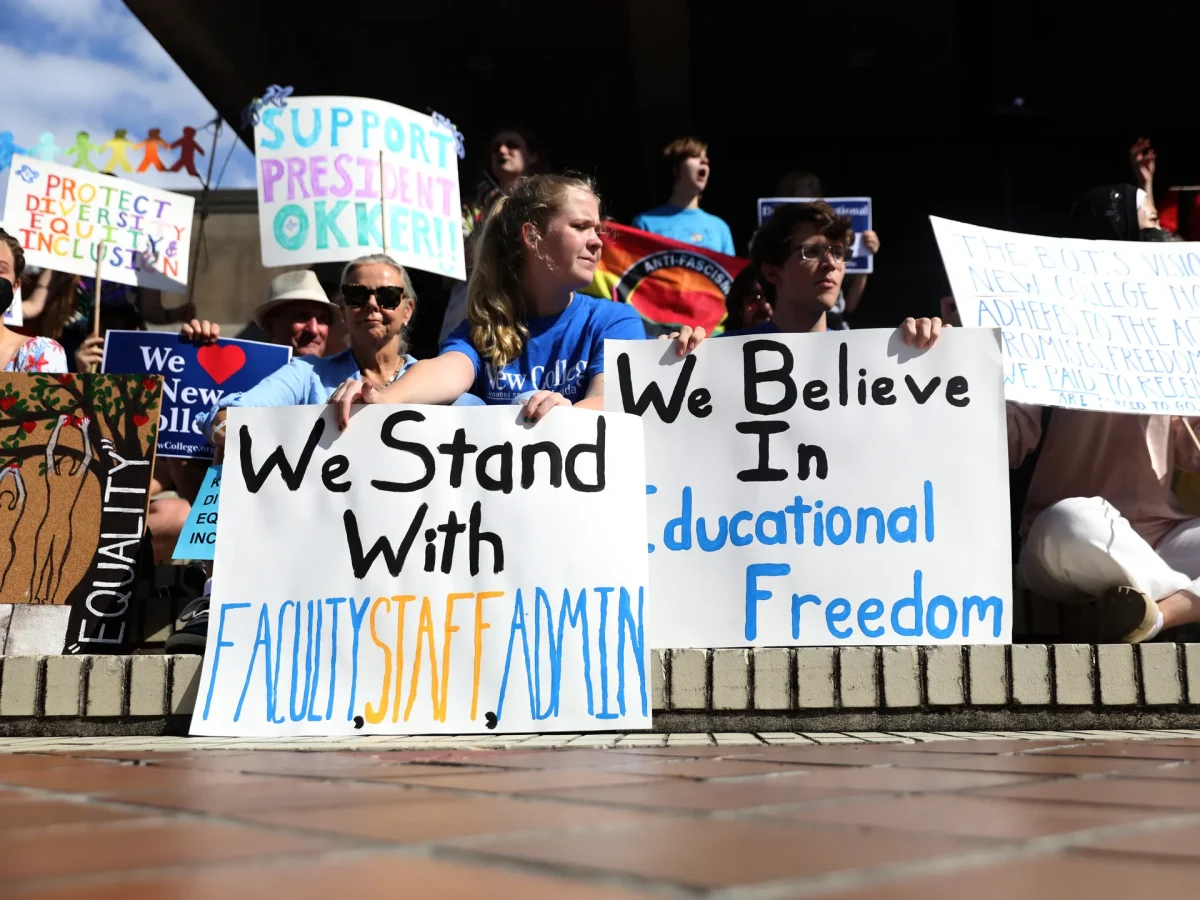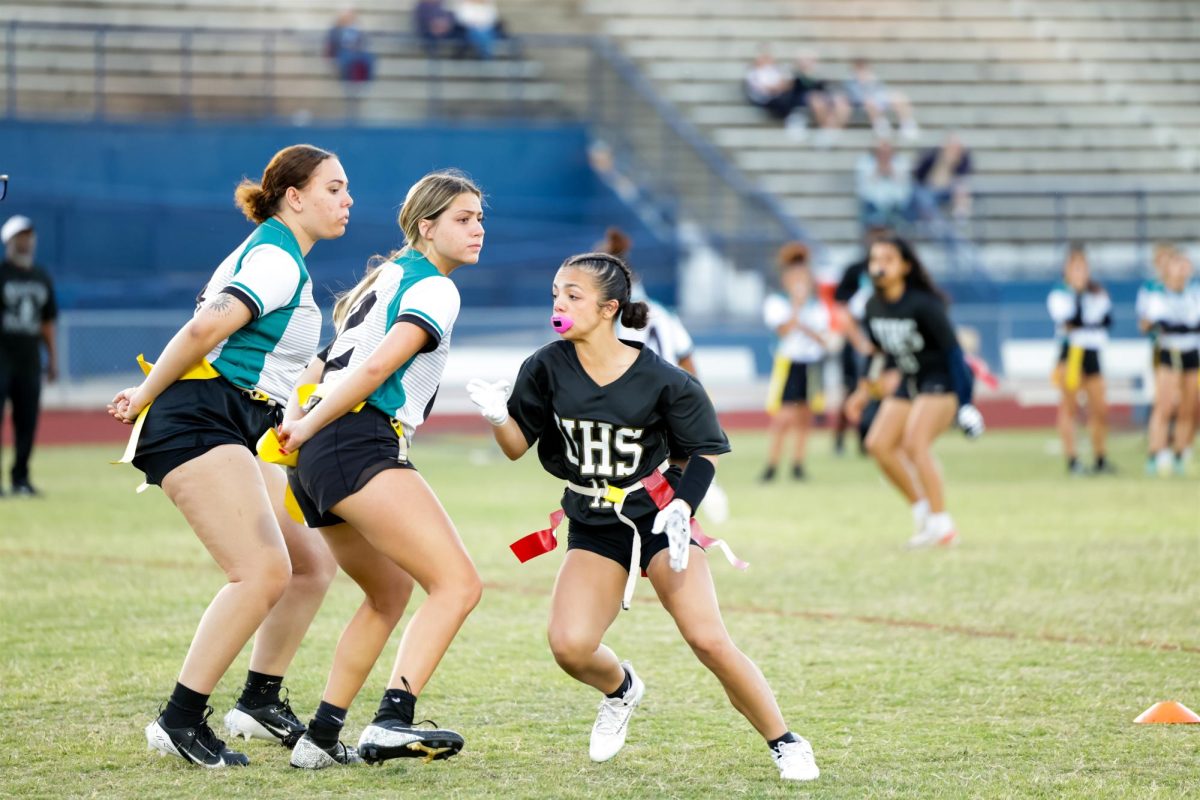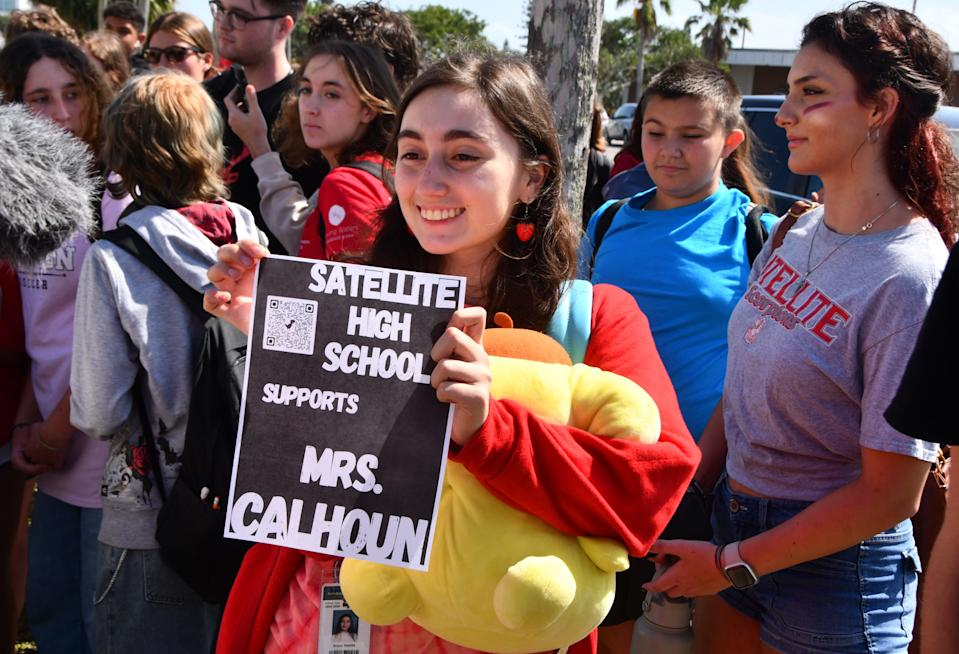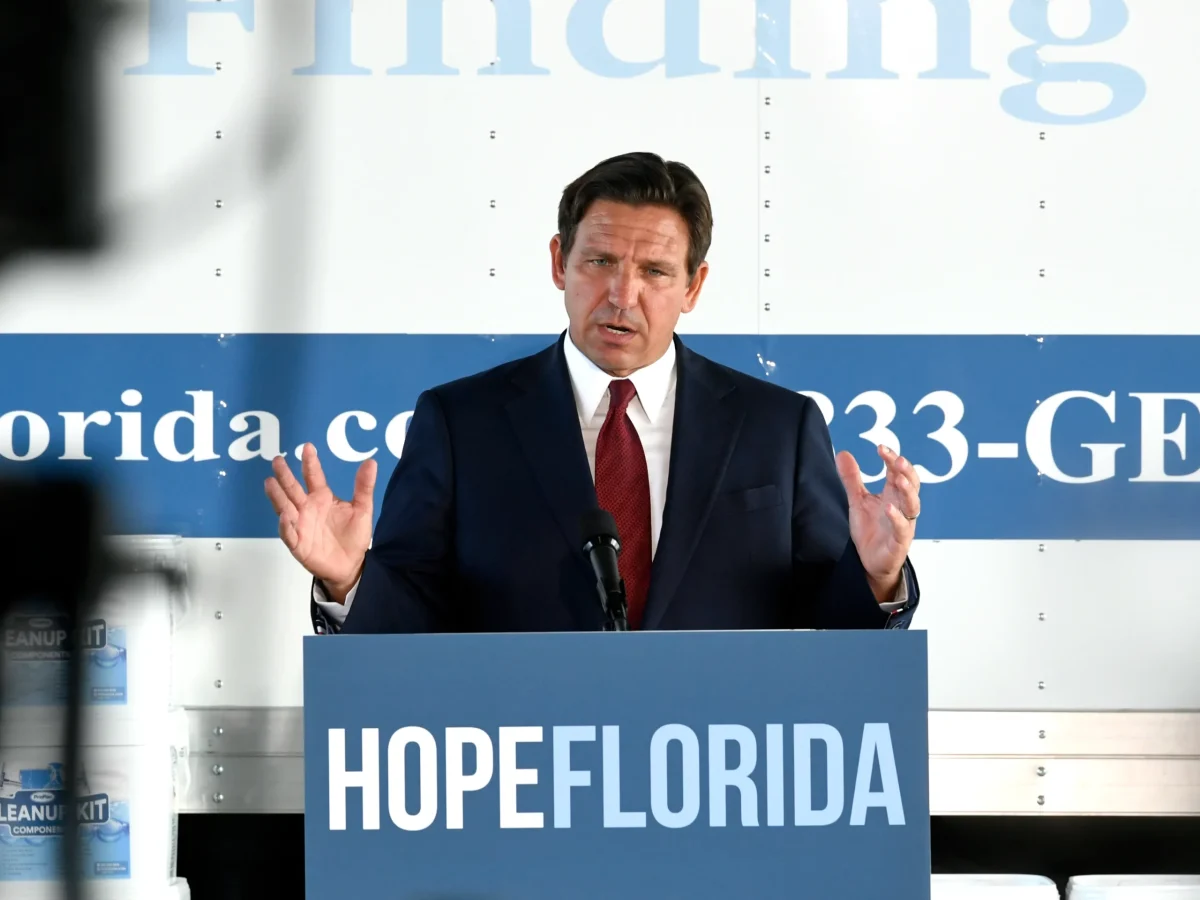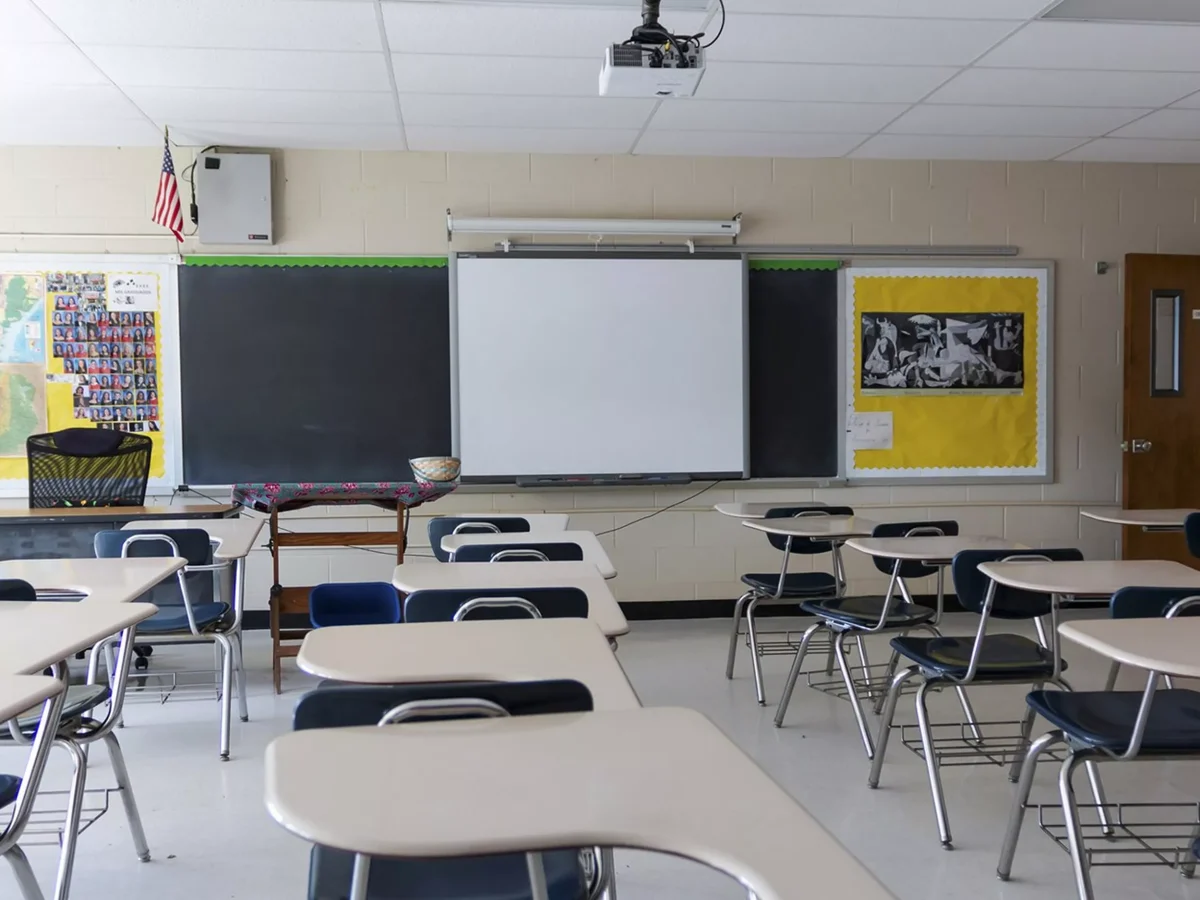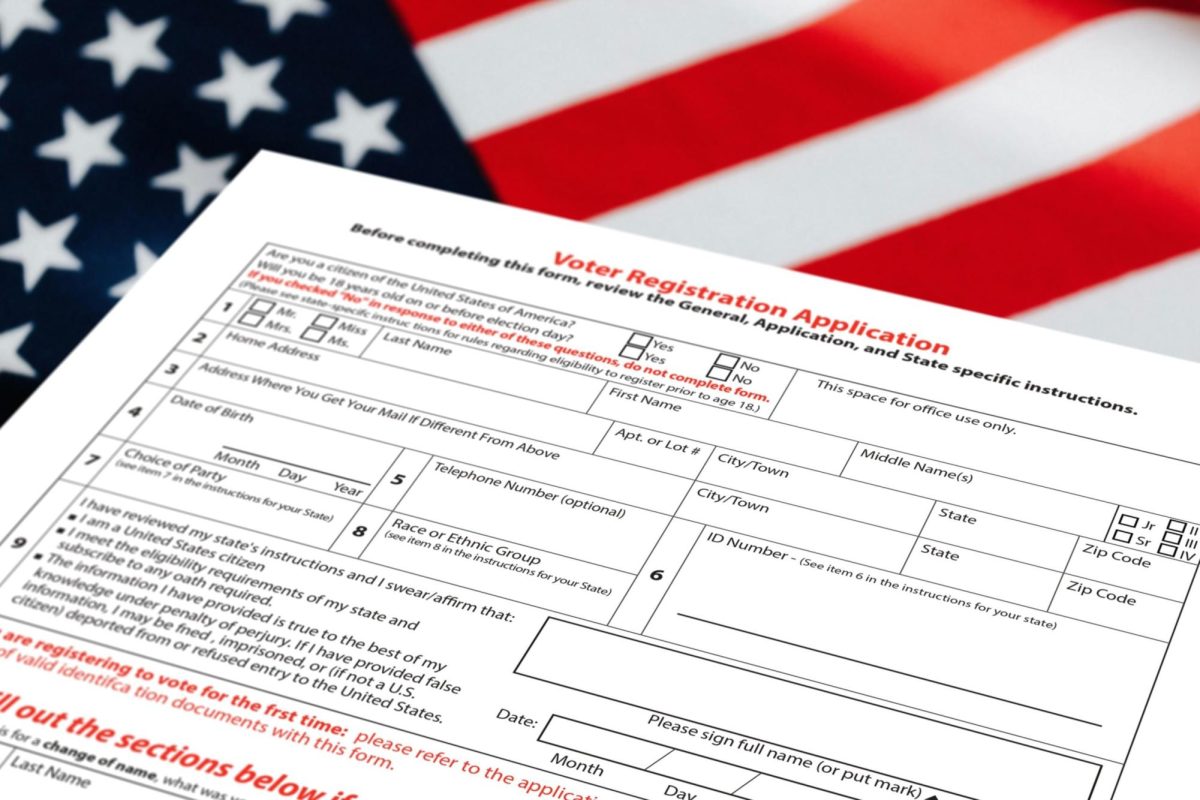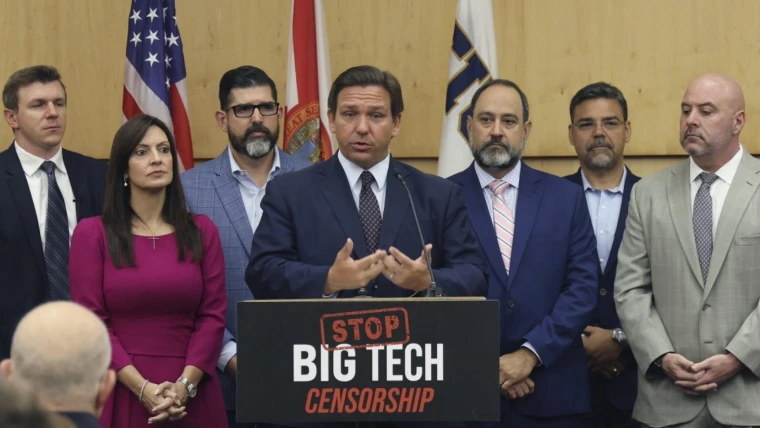The Florida House recently made a bold move, passing a bill that could drastically alter the way young people interact on social media. The bill prohibits children under the age of 16 from using these platforms, a significant leap towards safeguarding our youth from the potential dangers of the online world.
The intention behind the bill is undoubtedly commendable. In an era when cyberbullying, online harassment, and exposure to inappropriate content are everywhere, this legislation serves as a proactive shield to protect the mental and ensure the emotional well-being of our children. It signals the recognition of a digital firewall’s necessity to shield our young ones.
However, the choice of 16 as the age limit seems a bit high. While it’s undeniable that teenagers are still in their emotional and mental development stages, many under 16 are already capable of handling the online world responsibly. Moreover, social media plays a pivotal role in modern teenagers’ lives, serving as a platform for self-expression, creativity, and peer connection.
A more reasonable approach might be to set the age limit at 13. This age marks the beginning of adolescence, a period when children are more capable of understanding the implications of their online actions. It also aligns with the age restrictions currently set by many social media platforms, creating a consistent message about appropriate digital engagement.
While the Florida House’s bill is a step in the right direction, a slight adjustment in the age limit could make it even more effective. By setting the limit at 13, we can ensure the protection of our younger children while still allowing teenagers to experience the positive aspects of social media. This way, we strike a balance between protection and freedom, ensuring a safer and healthier digital environment for our youth.
